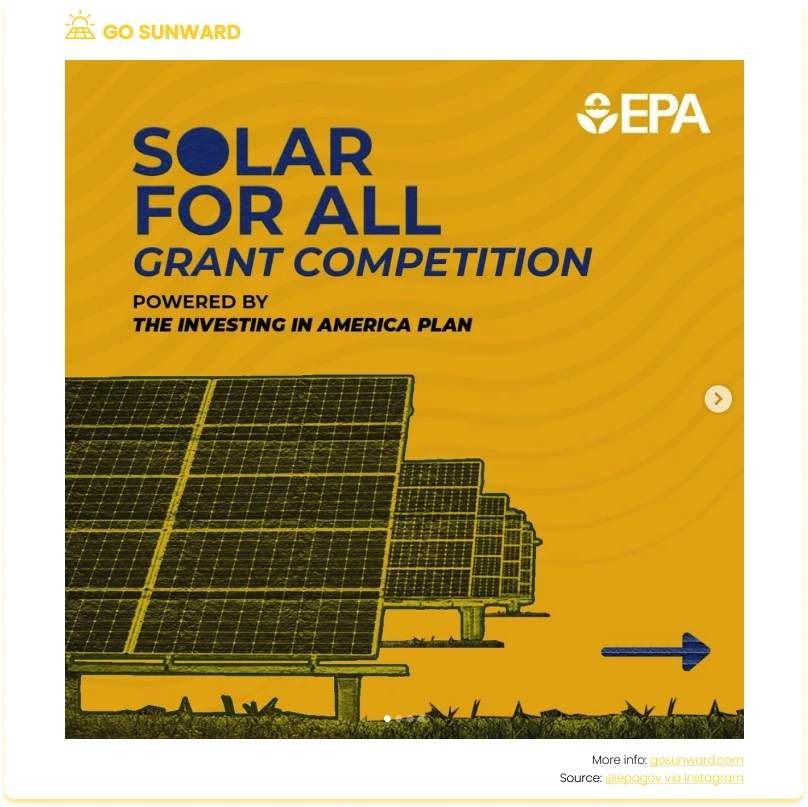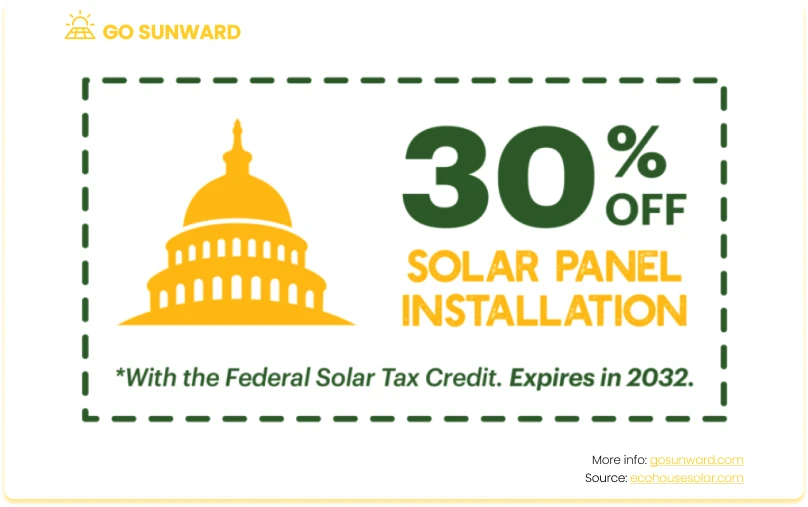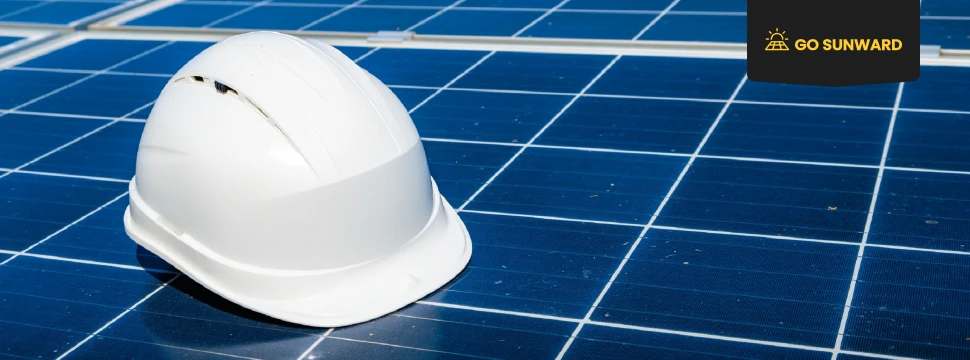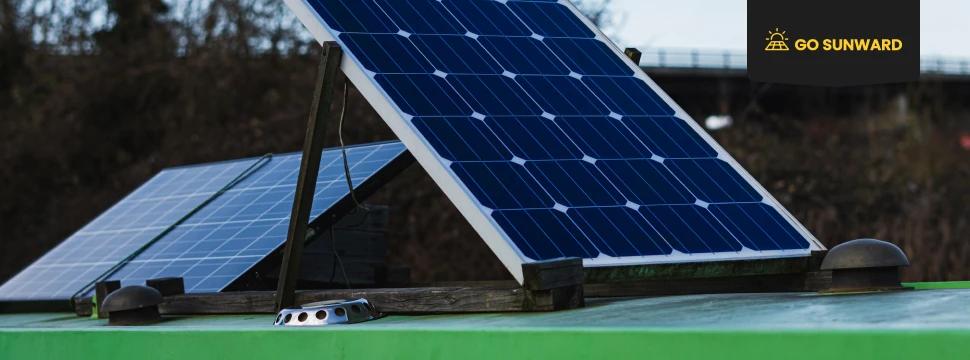What Is The New Biden Solar Incentive?
The US is making bold strides towards a sustainable energy future, and the Biden administration is at the forefront of this transition. One significant milestone in this journey is the launch of the $7 billion “Solar for All” competition by the U.S. Environmental Protection Agency (EPA). This competition, was established under the Inflation Reduction Act’s Greenhouse Gas Reduction Fund. The Biden solar incentive aims to expand access to affordable, resilient, and clean solar energy for low-income households across the nation.
In this article, we explore the key details and implications of this initiative, as well as the broader provisions of the Inflation Reduction Act, including the ‘Residential Clean Energy Credit’. We will shed light on how these various solar incentives can impact homeowners, businesses, and the environment.
Spotlight On The “Solar for All” Competition
The Background
The $7 billion “Solar for All” competition is a key component of President Biden’s ‘Investing in America’ agenda. It seeks to address the pressing issue of energy access for low-income households by providing substantial grants and incentives.
The initiative will distribute up to 60 grants to various entities, including states, territories, tribal governments, municipalities, and nonprofits. The EPA Administrator, Michael S. Regan, made the official announcement of the grant competition alongside U.S. Senator Bernie Sanders during a visit to a residential solar project in Waterbury, Vermont in June 2023.
The Solar for All program aligns with President Biden’s Justice40 Initiative, which strives to guarantee that 40% of the total benefits from specific federal investments reach marginalized, underserved, and pollution-burdened communities. Additionally, this program contributes to the President’s ambitious targets of achieving a carbon pollution-free power sector by 2035 and attaining a net-zero emissions economy no later than 2050.

The Details Of The Biden Solar Incentive?
The new grant competition aims to allocate funds for both the expansion of existing low-income solar initiatives and the creation of new “Solar for All” programs across the country. These Solar for All programs play a crucial role in ensuring that low-income households have equal access to residential rooftop and community solar power.
These programs achieve this by offering financial support and incentives to communities that previously faced barriers to solar investments. The primary goal is to guarantee that low-income households can enjoy the benefits of distributed solar energy, which include cost savings, community ownership, enhanced energy resilience, and various other advantages.
Residential solar installations not only reduce home energy expenses but also provide families with a reliable and secure source of power. For instance, households participating in the program can expect a minimum of 20% reduction in their total electricity bills.
This financial commitment became achievable through President Biden’s “Investing in America” agenda, a strategy aimed at fostering economic growth by revitalizing the middle class and empowering those at the grassroots level. This agenda encompasses various facets, such as the reconstruction of our nation’s infrastructure, the stimulation of over $470 billion in private sector investments within the United States, the creation of well-paying jobs, and the cultivation of a clean-energy economy.
The Benefits
The new Biden solar incentive has some key benefits:
- Creating Jobs: By incentivizing clean energy projects, including solar, in underserved communities, the initiative stimulates job creation in these areas.
- Environmental Justice: It advances environmental justice by expanding access to clean energy resources and addressing energy disparities.
- Climate Action: It contributes significantly to the fight against climate change by promoting renewable energy adoption and reducing greenhouse gas emissions.
Eligibility
The application deadline for this competitive grant competition was September 26, 2023. Eligible candidates for the Solar for All program encompass states, territories, Tribal governments, municipalities, and qualified nonprofit organizations. Moreover, coalitions led by an eligible lead applicant were also encouraged to submit their applications.
Under this competition, the Environmental Protection Agency (EPA) aims to allocate up to 60 awards, offering three distinct award options for applicants:
- State and Territory Programs: These awards are designed for programs targeting specific state or territory regions.
- American Indian and Alaska Native Programs: These awards are intended for programs catering to American Indian and Alaska Native communities.
- Multi-state Programs: These awards are designated for programs serving communities facing similar challenges related to residential distributed solar deployment across multiple states.
EPA anticipates varying award amounts, tailored to the number of households the program intends to assist. Applicants for all three award options can choose to apply for a small-sized program ($25 – $100 million), a medium-sized program ($100 – $250 million), or a large-sized program ($250 – $400 million). Applicants to the Solar for All initiative have the flexibility to submit separate applications for one or more of the three options.
The final number of awards granted will depend on the quantity and quality of applications received, with the aim of achieving the most extensive geographic coverage and maximizing the benefits of the Solar for All competition.
Where Does ‘Solar For All’ Fit In With Biden’s Inflation Reduction Act?
The “Solar for All” program is a significant component within the broader framework of President Biden’s Inflation Reduction Act of 2022, which aims to lower inflation by potentially reducing the federal government budget deficit, reducing prescription drug costs, and fostering domestic energy production, with a particular emphasis on advancing clean energy initiatives.
A number of other initiatives related to renewable energy, and in particular solar power, have been launched under the Inflation Reduction Act. These include the Residential Clean Energy Credit and the Green & Resilient Retrofit Program.
The ‘Residential Clean Energy’ Credit: Paving The Way For Residential Solar PV
One of the standout incentives within the Inflation Reduction Act is the extension of the Residential Clean Energy credit, commonly recognized as the solar investment tax credit (ITC), set at 30%.
Initially, this incentive was slated to decrease from 26% in 2022 to 22% in 2023, with eventual phasing out in 2024. However, this was altered as part of the Inflation Reduction Act legislation in August 2022. The tax credit has been reinstated at 30% for eligible solar systems installed between 2022 and the end of 2032.

The residential clean energy credit or the Biden solar incentive is inclusive, benefiting residential and commercial property owners, encompassing various home types and solar components. It covers solar panels, inverters, labor, permits, and more, including energy storage as of January 1, 2023. However, it doesn’t include roofing or electrical upgrades. The residential clean energy credit also applies to solar water heaters, small wind, biomass, fuel cells, and geothermal systems for homeowners.
Green & Resilient Retrofit Program: Improvements To Affordable Housing
The Inflation Reduction Act has also allocated $1 billion towards the Green and Resilient Retrofit Program under the Department of Housing and Urban Development (HUD). This initiative is designed to offer financial support to owners of HUD-assisted multifamily properties, facilitating the implementation of clean energy and sustainability projects, with a prominent focus on solar energy.
Under this program, property owners can access crucial funding to introduce solar installations within affordable housing developments. These installations not only lower energy expenses for residents but also contribute to the broader objectives of sustainability and resilience. By incorporating solar energy solutions into HUD-assisted multifamily properties, the porrogram aims to make clean energy accessible to a wider demographic, promoting economic stability, environmental responsibility, and energy security for low-income communities. This substantial investment signifies a vital step towards a more sustainable and equitable future for affordable housing residents while addressing broader climate and energy-related challenges.
Conclusion
In its relentless pursuit of a sustainable energy future, the Biden administration has marked a significant milestone with the $7 billion “Solar for All” competition, led by the U.S. Environmental Protection Agency (EPA). This visionary endeavour aims to democratize access to affordable, resilient, and clean solar energy for low-income households nationwide.
The “Solar for All” program is part of President Biden’s Inflation Reduction Act, focusing on reducing inflation, cutting deficits, lowering drug costs, and boosting clean energy efforts. Other initiatives in the Act support renewable energy, like the Residential Clean Energy Credit and Green & Resilient Retrofit Program.
As the US accelerates its journey towards a sustainable energy future, it is evident that the Biden administration stands as a pioneer in this transformative pursuit. The future is illuminated with the promise of cleaner, more accessible energy, and the benefits of the new Biden solar incentive, including job creation, environmental justice, and climate action, are poised to bring positive transformations.




